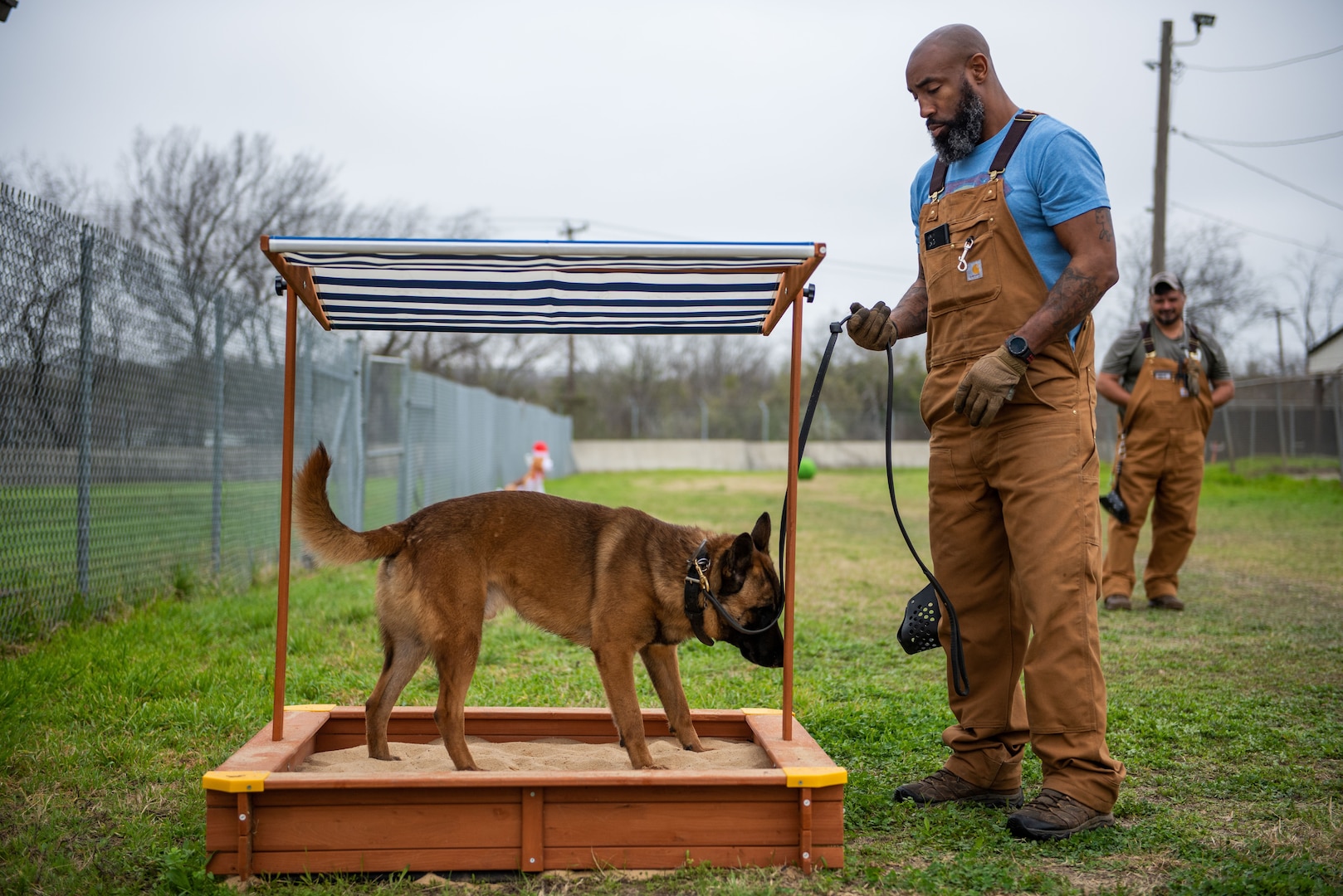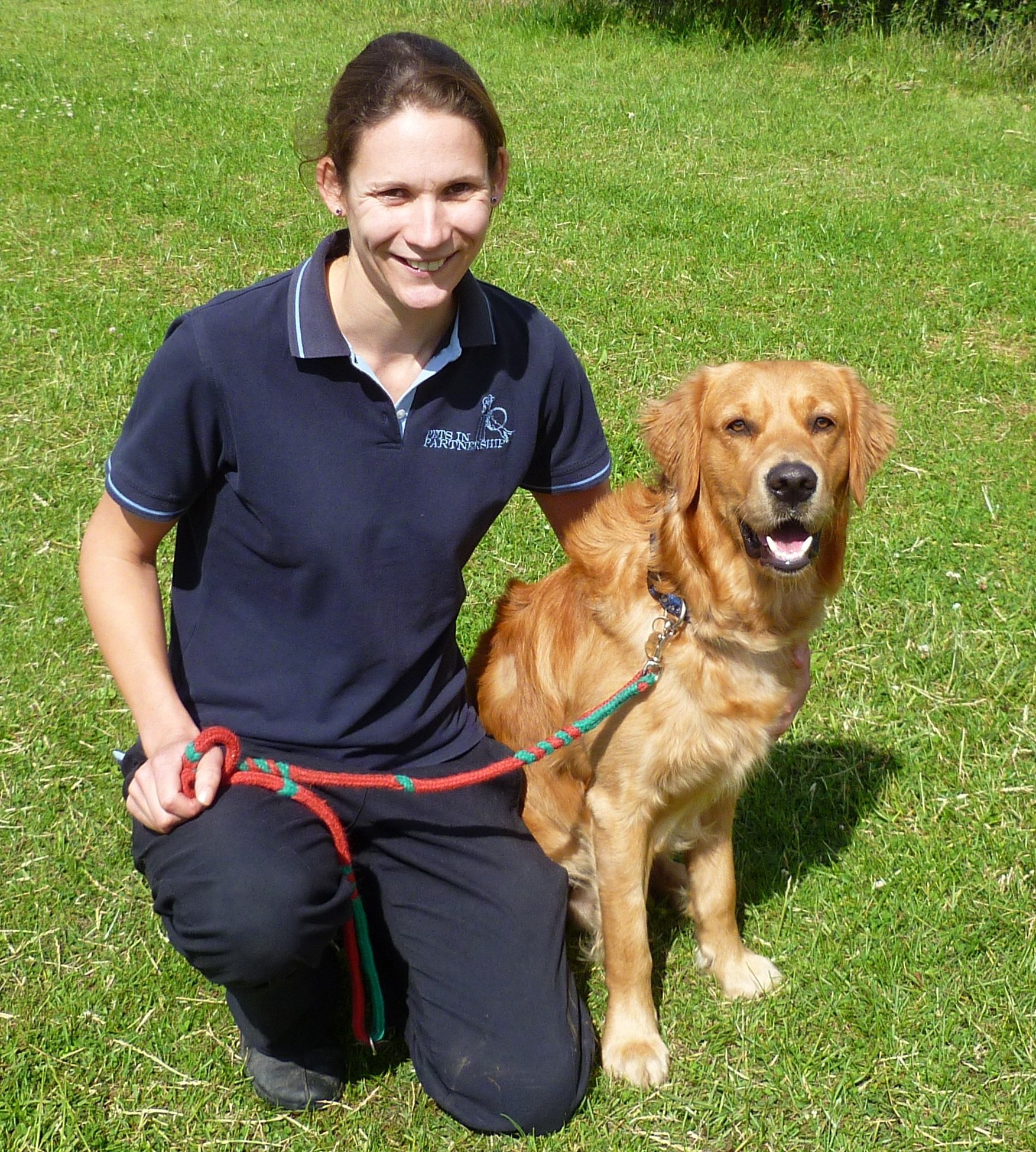Dog Training for First-Time Pet Owners: What You Need to Know
Dog Training for First-Time Pet Owners: What You Need to Know
Blog Article
Newbie's Overview to Effective Canine Training at Home
Effectively training a canine in the house needs a nuanced understanding of canine habits and efficient communication methods. Developing clear training goals, using premium rewards, and maintaining uniformity throughout household members are crucial elements. Moreover, incorporating training into day-to-day regimens can boost both engagement and retention. Nevertheless, lots of newbie trainers run into challenges that might impede progression. To browse these complexities effectively, it's vital to check out several vital facets that can change your approach and lead to a harmonious partnership with your family pet. What essential principles should every beginner grasp to ensure success?
Comprehending Pet Actions
Comprehending canine habits is important for effective training and fostering an unified partnership between human beings and their canine buddies. Dogs interact primarily via body language, articulations, and facial expressions, making it essential for proprietors to translate these signals properly. Identifying habits such as tail wagging, grumbling, or trembling can give insights right into a dog's emotional state and purposes.

Typical behavioral problems, such as aggressiveness, anxiety, or too much barking, commonly come from misunderstandings or unmet needs. Observing and resolving these issues quickly can stop rise and make certain a favorable training experience. By promoting a deep understanding of dog habits, owners can customize their training approaches to match their canine friends, inevitably bring about a happy and well-behaved family pet.
Important Educating Tools
A fully equipped training room can substantially boost the performance of dog training at home. Necessary training tools guarantee that both the dog and the instructor can take part in productive sessions that cultivate learning and bonding.

Buying a durable leash and a comfy, well-fitting collar or harness is important for safety and security and control. These tools aid develop borders and guarantee the canine continues to be protected throughout training. Additionally, an assigned training area, devoid of disturbances, aids focus for both the trainer and the pet.
Training aids such as training pads, cones, or dexterity equipment can additionally boost the experience by presenting variety and obstacles. Having a note pad or electronic application for tracking progress can be indispensable, enabling you to keep in mind successes and areas for improvement. Using these crucial tools will certainly produce a positive training setting and lay the foundation for reliable discovering.
Producing an Educating Routine
Developing a constant training regimen is necessary for effective pet dog training in your home. A well-structured routine not only helps in reinforcing desired habits yet additionally gives your dog with a complacency and predictability. To develop a reliable training routine, begin by determining details training goals, such as basic commands, leash strolling, or housebreaking.
Choose an assigned time every day for training sessions, ideally when your dog is responsive and alert. Sessions should be brief, roughly 5 to 15 mins, to maintain emphasis and avoid fatigue. Consistency in timing and atmosphere will enhance your pet's discovering experience.
Incorporate training into daily tasks to enhance you can look here skills. Practice commands during walks or nourishment, which incorporates discovering right into all-natural routines. Additionally, remain flexible and change the regular as needed, fitting your dog's energy degrees and mood.
Positive Reinforcement Techniques
Positive support methods are fundamental to reliable dog training, advertising desired actions via rewards instead than punishment. This method uses positive stimulations, such as treats, appreciation, or play, to motivate canines to duplicate certain activities. The foundation of this approach is timing; benefits should be offered immediately complying with the wanted habits to create a clear association.
When carrying out positive reinforcement, it is important to pick incentives that are encouraging for your dog. High-value deals with, such as small items of chicken or cheese, can be especially reliable throughout training sessions. Furthermore, differing the benefits can maintain your pet dog's passion and interest.
Beginning with straightforward commands, like "rest" or "remain," and progressively progress to a check my site lot more intricate jobs. Consistency is crucial; make sure that all relative use the same commands and incentive systems to stay clear of confusion.
Moreover, it is essential to continue to be person and stay clear of stress. Dogs, like humans, discover at their own speed. By promoting an encouraging training environment via positive support, you can boost your pet dog's understanding experience while enhancing the bond between you and your hairy buddy, preparing for successful training results.
Typical Educating Challenges
While training a canine in your home can be a satisfying experience, it frequently features a collection of typical difficulties that can test both perseverance and consistency. One widespread concern is interruption. Pets may end up being quickly sidetracked by noises, motions, and even fragrances in their setting, making it difficult to keep their focus throughout training sessions.
One more difficulty is disparity in commands and reinforcement. It can confuse the pet and impede progress if family participants utilize different hints or rewards. Establishing a unified approach is crucial for efficient communication.
Additionally, pets can experience disappointment or stress and anxiety, specifically if they do not recognize what is expected of them. This can result in unwanted behaviors, such as chewing or barking.
Finally, the timing of reinforcement is crucial (Dog training). Delayed rewards can diminish the efficiency of positive reinforcement, as pets may fail to connect the actions with the incentive
Getting rid of these difficulties calls for commitment, clear communication, and an organized you can try here training plan. Recognizing and addressing these usual challenges will lead the way for an extra successful and satisfying training experience at home.
Conclusion
In final thought, successful pet dog training at home demands a comprehensive understanding of canine behavior and effective interaction methods. By establishing clear training goals and utilizing premium deals with along with favorable support, the training process becomes more gratifying for both the fitness instructor and the canine.
Establishing a constant training regimen is important for effective dog training at home.Favorable support techniques are fundamental to effective dog training, advertising preferred habits via benefits rather than punishment (Dog training). By cultivating a supportive training atmosphere via favorable reinforcement, you can boost your pet dog's knowing experience while strengthening the bond in between you and your hairy friend, laying the groundwork for effective training end results
In final thought, effective pet dog training at home demands a thorough understanding of canine habits and effective communication techniques. By establishing clear training objectives and utilizing high-quality treats together with positive support, the training process becomes extra satisfying for both the canine and the instructor.
Report this page